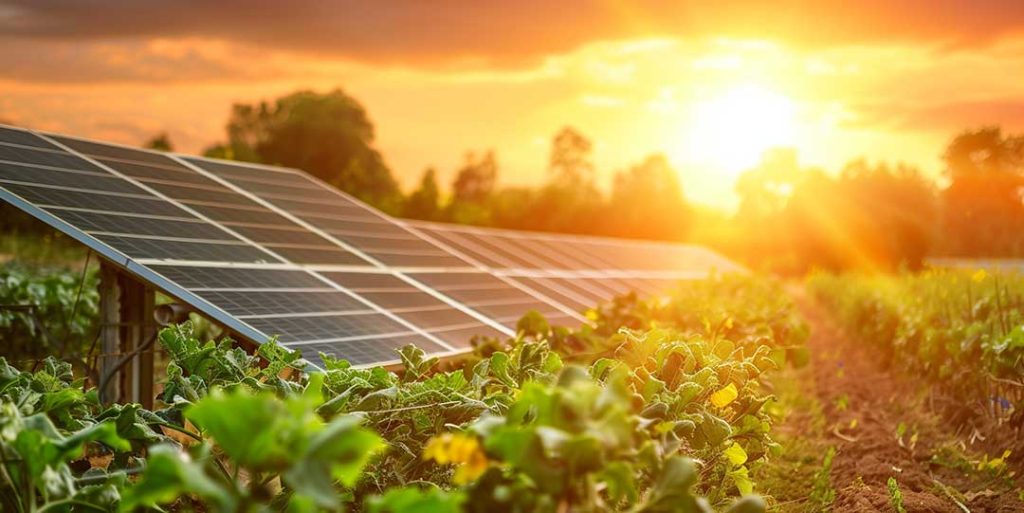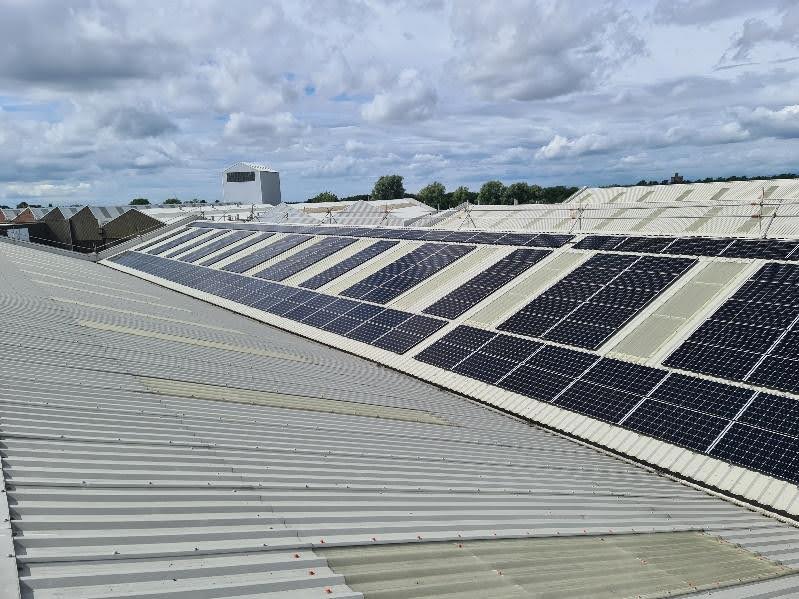We are at a pivotal moment in time in the UK, the likes have never been seen before. Nuclear power is stalling, energy provided by fossil fuels are in rapid decline, energy imported from Europe is on the increase, Ofgem have significantly increased price caps, wholesale energy costs have risen by 10% in 2019 already and the strain on an already exhausted infrastructure is at breaking point – it all looks like doom and gloom, and it is if you don’t take action.
However, there is a light at the end of the tunnel, although the light can only be seen by those savvy enough to take control, to others there is no light.
The pivotal moment I’m taking about it is probably a question you’ve been asking yourself over the last few years “when is the right time to invest in renewable and low carbon technology” well guess what, it’s here now, today. We all knew this moment was coming, what did you expect?
To find out what going to happen in the future, let’s look at the past. let’s look at energy pricing over the last 12 months. Why consumers have seen the retail price of electricity rise by as much as 11% since November 2017?
First of all, wholesale energy went up by 22% in 2018, driven by extreme weather conditions depleting gas stores. In the UK and Europe, the “Beast from the East” outstayed its welcome, leaving us with no alternative but to keep the heating on a higher setting for longer. This depleted our own gas stores as well as stores on the continent.
Why do gas stores affect electricity prices?
The majority of our Electricity production is closely linked to gas: 44% of our electricity is generated using gas from the UK and Europe. Although the wholesale costs haven’t filtered through to us yet (because energy companies buy in bulk before they need it), one thing is for sure: wholesale price increases will eventually be passed on to us, the consumer.
We also buy electricity from Europe, our main contributors being France and Netherlands as well a little bit from Ireland. At the time of writing this, it’s a fairly comfortable 14 C° and we’re importing just over 6% (3 Gigawatts) of our electricity to meet our own demand from the EU at a time when we aren’t really calling for much heat in our homes and business’.
Furthermore, just as we are preparing to leave the single market, we are about to become significantly more reliant on it.
We are currently connected to Europe via 4 interconnectors (big cables in the sea), 7 more are currently under construction and the Government expects our reliance on these interconnectors to rise to over 20% within a few years.
Having played an important role in establishing and evolving the EU’s Internal Energy Market (IEM), the UK is now set to leave it. Strong support is evident across the energy sector to continue to participate in the IEM, but it seems unlikely if the UK leaves the Single Market.
The UK will need to continue to trade energy with the EU in order to meet demand, but if such trade takes place outside the IEM it is likely to be less efficient and could lead to even higher costs being passed on to the consumers.
How much electricity do we generate?
Natural Gas has become our primary source of energy generation, catching up and passing archaic and outdated coal fired power stations with nuclear and wind generation 2nd and 3rd.
The last of our Coal fired power plants will be shut down by 2025 leaving a gap of approximately 5 Gigawatts (by today’s standards).
The UK has a plan – import more gas.
You see where I’m going with this?
The UK is the only one of Europe’s five biggest energy users currently increasing its reliance on imported energy. Our dependence on imported fuels is now at a level not seen since the 1970s.
Energy is a commodity, it can be controlled as such, giving you more disposable income at the end of the month or increasing profit margins for businesses.
Moving energy suppliers can be a short-term solution but prices are set to increase whichever supplier you use.
Prices will increase, take control of your consumption.
Becoming More Energy Savvy
What Technologies are available for us to make sure we reduce consumption and become less reliant on “the grid”
Air and Ground Source Heat Pumps are incredibly efficient, replacing conventional boilers, they work by absorbing the air/ground from outside and converting it to heat using compressed gases. They can work with radiators or blow in fresh warm air via ducts, if the latter is utilised than the system can also be used for summer cooling. These work well in both residential and business environments. Currently the Government pays you for installing an ASHP in your home or business via the RHI, heating and hot water costs can be cut by 65%
Battery/Energy Storage works well when you need to store either the excess electricity you’ve generated via solar panels or want to store cheaper electricity from off peak times, for high demand users this is also a great way to avoid hefty triad charges. They can also boost the return on investment put in to solar, if you’re excess electricity you’ve produced is going back to the grid and you need to buy it back, store it instead and call on when you need to.
Voltage Optimisation works by reducing the amount of electricity coming in to you home or business premises. The average voltage in the UK is 242v, all appliances manufactured after 1993 are designed to work at 220v (Europe’s standard voltage). By working at a higher voltage, it forces the appliance to work harder than it should do, not only shortening its life span but costing you up to 18% more than it should in electricity.
Destratification fans (HVLS) are large fans up to 7 meters in diameter that are situated at ceiling level in large, open structures such as warehouses, manufacturing, sports halls etc. In the colder months, these gently push the warm air that has risen and become trapped a ceiling level back down to the floor and can reduce your heating costs up to 50%. In the warmer months, the fans can be sped up to circulate the air which can provide a cooling effect by as much as 8 C°. They can also significantly reduce the run time air conditioning systems.
Remote Energy Monitoring combines both software and hardware that integrates with the building infrastructure and can monitor all types of energy used. Although there is no exact return of investment, the software can pin point energy demand usage and where energy usage could be dealt with more efficiently. Changing behavioural patterns can prove an extremely effective way of reducing energy spend
Solar PV Array (solar panels) are a great way of generating electricity, sitting on your roof and ideally pointing south (East/West is ok too), can generate up to 100% of your energy demand making you “grid neutral”. depending on when you need and use your energy, solar can be a great investment and give returns of around 10% to 14%. When it’s not being used the excess electricity is sent back to the grid.
Kes Scott
Managing Director
08/02/19





